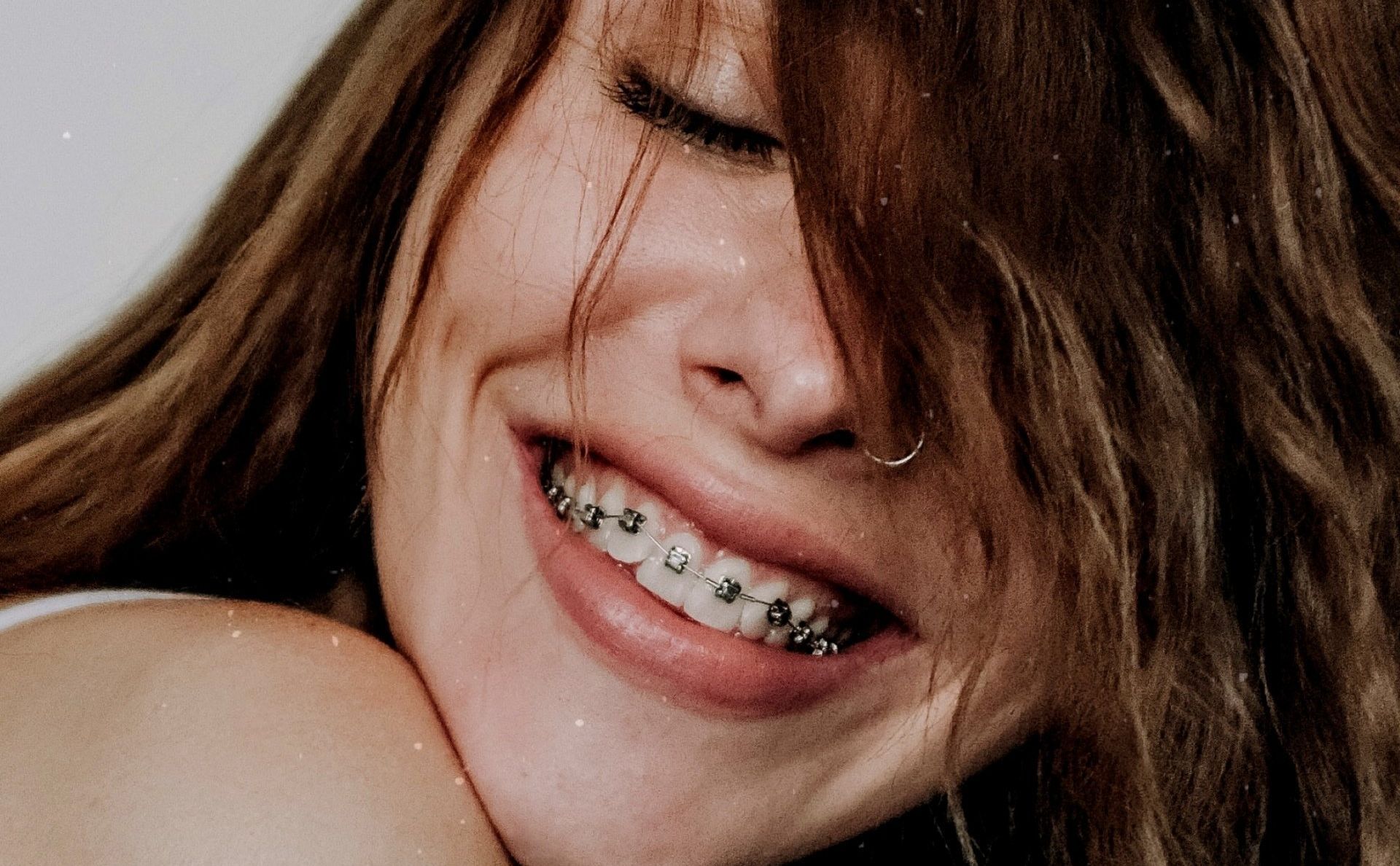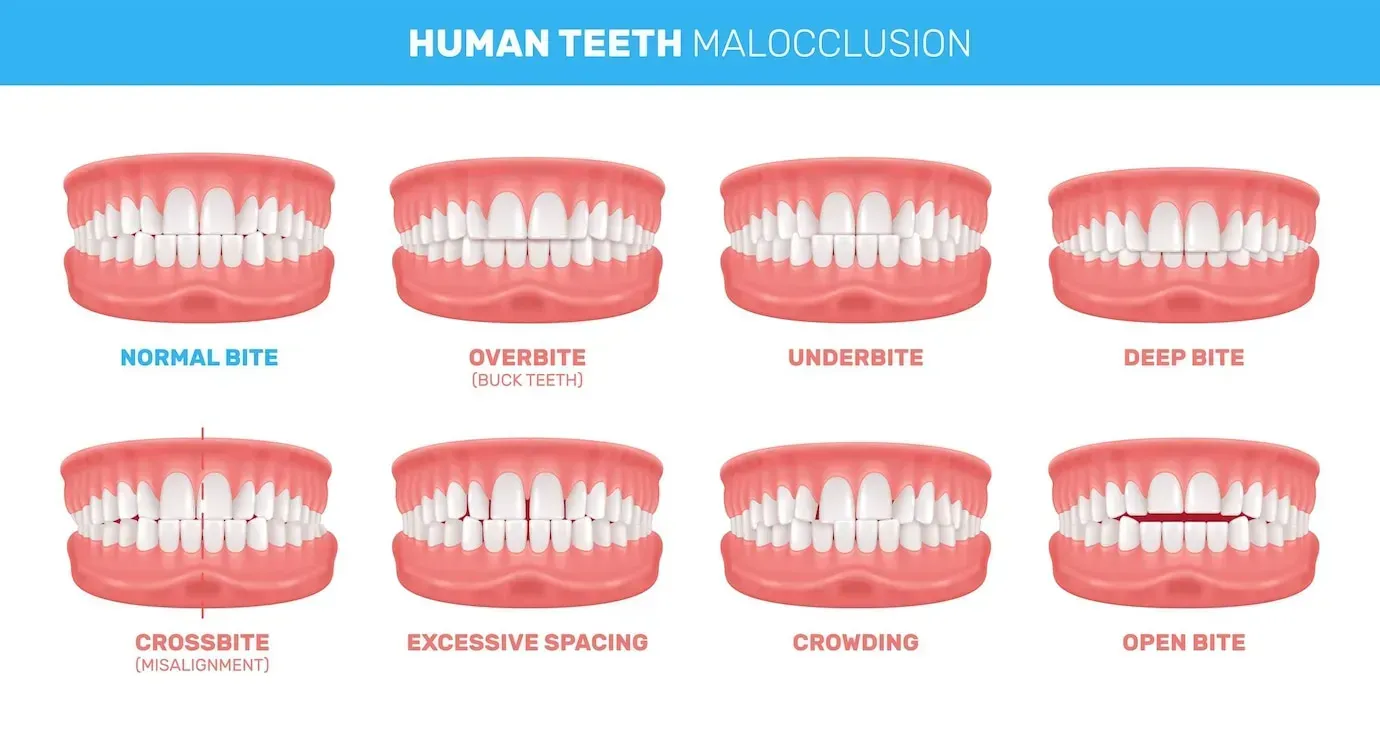Braces vs. Clear Aligners: Which Is Best for Your Smile?

Braces vs. Clear Aligners: Which Option Is Right for You?
Choosing between braces and clear aligners can be tough. Both straighten teeth but work differently.
Clear aligners are nearly invisible and can be removed, while braces are fixed and visible.
This guide will help you decide which is best for your smile and lifestyle.
What Are Braces?
Braces are a fixed orthodontic treatment designed to straighten teeth and correct bite issues. They use brackets attached to each tooth, connected by wires that apply gentle pressure to shift teeth over time.
How Braces Work
Braces gradually move teeth by applying constant pressure. The wires are adjusted periodically, guiding teeth into the desired position over months or years. The brackets can be metal or ceramic, with ceramic being a more discreet option.
Best For:
- Severe Alignment Issues: Effective for complex cases, including severe crowding or misaligned bites.
- Younger Patients: Ideal for children and teens due to their growing jaws.
- Bite Correction: Effective for overbites, underbites, and crossbites.
Braces remain one of the most effective options for achieving long-term teeth alignment, especially for complex dental needs.
What Are Clear Aligners?
Clear aligners are removable, nearly invisible trays designed to straighten teeth. They are custom-made to fit your teeth and gradually shift them into the correct position over time.
How Clear Aligners Work
Clear aligners apply controlled pressure to move teeth in small steps. Each set of trays is worn for about 1-2 weeks before switching to the next in the series. For optimal results, they should be worn for 20-22 hours daily, only removed for eating, drinking, or brushing.
Best For:
- Mild to Moderate Alignment Issues: Clear aligners work best for minor crowding, spacing, or slight bite issues.
- Older Teens and Adults: Popular among adults seeking a discreet treatment option.
- Aesthetic Preferences: Nearly invisible and removable, making them ideal for those who want a subtle treatment.
Clear aligners offer a convenient and discreet way to straighten teeth but require consistent wear for the best results.
Comparing Braces vs. Clear Aligners
Understanding the differences between braces and clear aligners can help you make a more informed decision. Here's how they compare across key factors:
Effectiveness
Braces: Effective for all types of alignment issues, including complex cases like severe crowding, bite problems, and rotated teeth.
Clear Aligners: Best for mild to moderate alignment issues. They may not be as effective for severe bite corrections or complex tooth movements.
Aesthetics and Visibility
Braces: Metal braces are highly visible, while ceramic braces offer a less noticeable option.
Clear Aligners: Clear aligners are nearly invisible, making them a top choice for those concerned about appearance.
Comfort and Maintenance
Braces: Braces are fixed and can cause mild discomfort, especially after adjustments. They also require extra care when brushing and flossing around brackets and wires.
Clear Aligners: Aligners are smooth and removable, which reduces irritation. However, they need to be cleaned regularly and worn for at least 20-22 hours daily for effectiveness.
Treatment Duration
Braces: Treatment typically lasts between 18-24 months, depending on the complexity of the case.
Clear Aligners: Treatment often ranges from 6-18 months for mild to moderate cases but depends on patient compliance.
Cost Considerations
Braces: Generally more cost-effective for complex cases but may require more frequent orthodontic visits for adjustments.
Clear Aligners: Aligners can be slightly more expensive upfront but may involve fewer in-office visits, balancing the overall cost.
Braces and clear aligners both provide excellent results, but the right choice depends on the complexity of your case, lifestyle, and preferences.
Which Treatment Is Right for You?
Choosing between braces and clear aligners depends on several factors. Each option is designed to address specific alignment needs and lifestyle preferences.
Key Factors to Consider:
- Severity of Alignment Issue: Braces are recommended for complex cases, while clear aligners work best for mild to moderate corrections.
- Lifestyle and Comfort Preferences: Clear aligners offer more flexibility but require strict wear time. Braces stay fixed, making them lower maintenance but more noticeable.
- Aesthetic Concerns: If appearance matters, clear aligners are nearly invisible, while ceramic braces offer a more discreet alternative to metal brackets.
- Age and Treatment Compliance: Braces are often better for younger patients who may forget to wear aligners consistently. Clear aligners are ideal for responsible teens and adults.
Why Professional Assessment Matters
The best way to determine which treatment is right for you is through a professional orthodontic evaluation. An expert can assess your teeth, jaw alignment, and treatment goals to recommend the most effective option.
Conclusion
Both braces and clear aligners are highly effective for straightening teeth, but the right choice depends on your alignment needs, lifestyle, and preferences. Braces work best for complex dental issues, while clear aligners offer a discreet, flexible option for mild to moderate cases.
Choosing the right treatment requires a professional assessment to ensure long-term success. If you're unsure which option fits your needs, Hansen Orthodontics in El Paso, TX, can help. They offer free in-person and virtual consultations to guide you through your choices and create a personalized treatment plan.
Schedule your free consultation with Hansen Orthodontics today and take the first step toward a healthier, more confident smile.
Frequently Asked Questions (FAQs)
Are Braces More Effective Than Clear Aligners?
Braces are generally more effective for complex cases, such as severe crowding, bite issues, and rotated teeth. Clear aligners work best for mild to moderate alignment problems and require consistent wear for optimal results.
Do Clear Aligners Work for Severe Alignment Problems?
Clear aligners are typically recommended for mild to moderate cases. Severe bite issues often require braces due to their ability to apply more precise and constant pressure.
Which Option Works Faster?
Clear aligners can deliver faster results for mild cases, often completing treatment in as little as 6-12 months. Braces may take longer, around 18-24 months, but are often necessary for more complicated cases.
Can I Switch from Braces to Aligners Mid-Treatment?
Yes, switching from braces to clear aligners is possible in some cases, especially after significant progress has been made with braces. Your orthodontist will determine if this transition is right for you.
How Do I Maintain My Teeth After Treatment?
After either treatment, wearing a retainer is essential to maintain results and prevent teeth from shifting back. Your orthodontist will recommend a retainer type suited for your needs.


